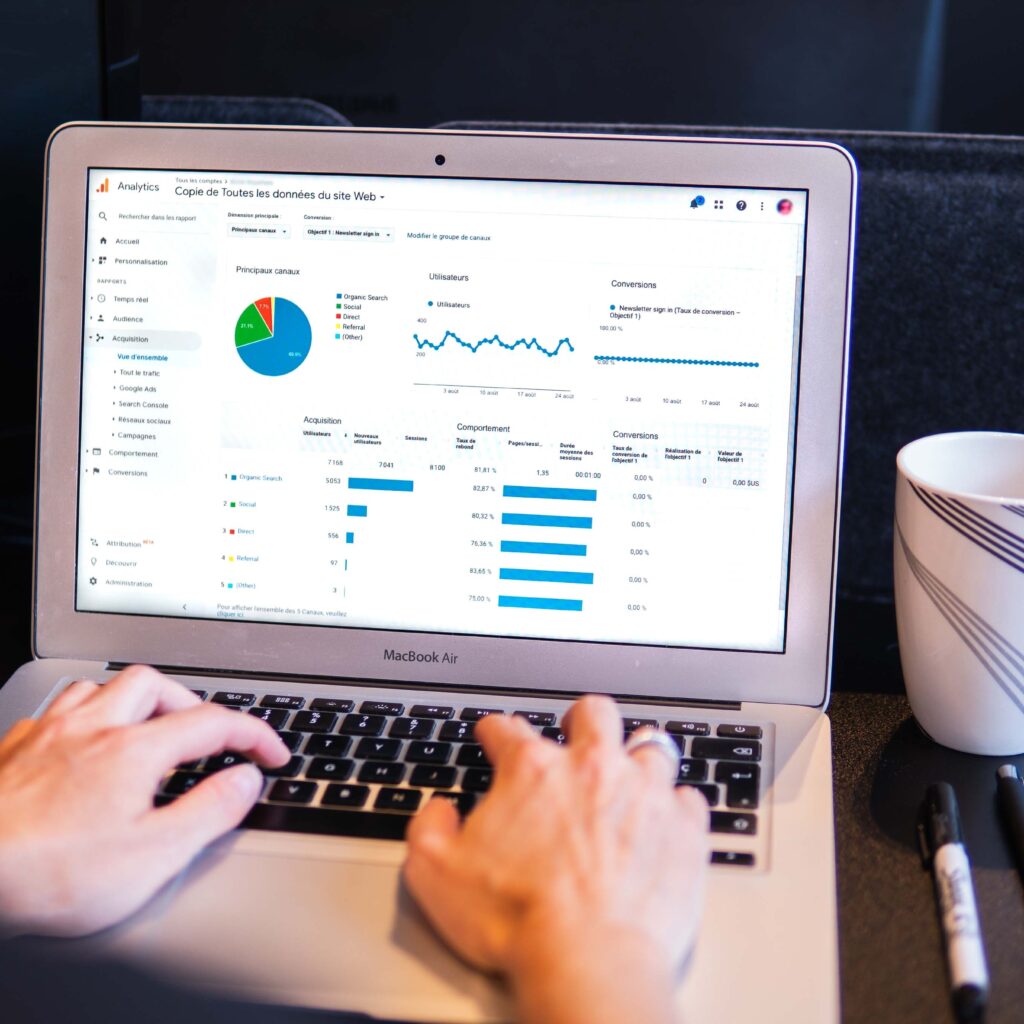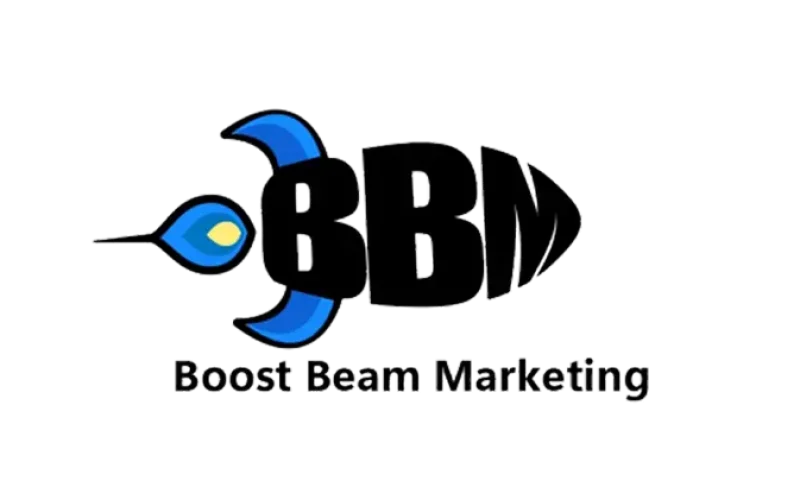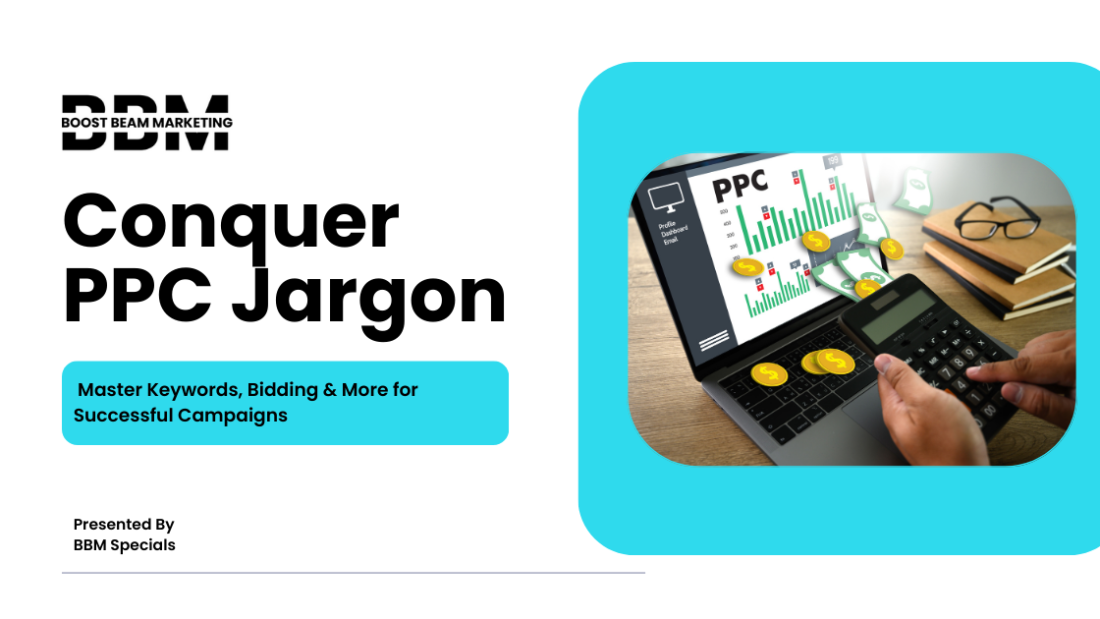The world of online advertising can be a confusing maze of acronyms and obscure phrases. Fear not, brave explorer, for this guide will guide you through the perplexing jungle of PPC jargon and lead you to the rich plains of successful campaigns. So grab your metaphorical backpack and get ready to unravel the mysteries of Pay-Per-Click advertising!

Keyword Soup and Match Types in the First Landing
Keywords: Keywords are the digital footprints that users leave behind when they search the web. Your objective is to pepper your ad with keywords related to your goods or service, guaranteeing hungry searchers find your delectable offering.
Types of matches: Consider these to be filters for attracting the right audience. Broad Match welcomes all visitors, even if their search is only tangentially connected to your term. Phrase Match looks for more targeted visitors—those whose search words include your keyword exactly. Exact Match requires a precise keyword match for the VIP treatment, guaranteeing that only the most relevant visitors enter your digital domain.
Second Checkpoint: Bidding Wars and Auctioneers
Bids: This is the price you’re willing to pay for someone to click on your ad. Imagine a bustling auction house where competitors vie for the top ad spot. The highest bidder wins, not by brute force but by strategic pricing based on keyword value and the expected return on investment.
CPC (cost per click): This is the actual amount you pay each time someone clicks on your ad. It’s not always equal to your bid, as the auctioneer (aka the ad platform) plays a role in determining the final price based on various factors.
Third Expedition: Campaign Campfire: Landing Pages and Conversions.
Landing Pages: This is where your ad’s promise is realized. Consider it your internet storefront, attracting people to discover your items or services and eventually make a purchase. A well-designed landing page that is relevant to your ad and optimized for conversions is essential for converting clicks into paying clients.
Conversions: This is the pinnacle of PPC—when a visitor converts into a paying customer, subscriber, or whatever action you want. Tracking conversions allows you to assess the success of your campaign and alter your methods to maximize impact.

Fourth Challenge: Analytics Arsenal: Metrics and Optimization
Impressions: How many times your ad was displayed across the digital landscape? While important, impressions alone don’t tell the whole story.
Click-Through Rate (CTR): The percentage of people who clicked on your ad after seeing it. A high CTR indicates a compelling ad message and well-targeted keywords.
Conversion Rate: The percentage of visitors who took your desired action (e.g., purchase, signup) on your landing page. This metric reveals the effectiveness of your landing page and overall campaign structure. Improve your conversion rate
Mastering the Jargon: Actionable Tips for Beginners
Begin small and experiment: Don’t spend your entire marketing budget on PPC right soon. Try multiple keywords, ad types, and landing pages to see what works best for your target demographic.
Precise target: Use a variety of match types to reach the proper audience while avoiding wasting clicks on unnecessary visitors.
Create intriguing advertising copy: Make your commercials stand out from the crowd by using clear, succinct, and benefit-driven wording.
Optimize your landing pages. For the best conversion rates, make sure your landing pages are relevant to your ad, visually appealing, and easy to navigate.
Track and analyze: Regularly evaluate your campaign stats and make changes depending on your findings. Don’t be scared to get rid of what isn’t working and focus on what does.
Beyond the Basics: Advanced Jargon for Aspiring Gurus
Quality Score: This is a Google-assigned rating that reflects the relevance and quality of your keywords, ads, and landing pages. A higher score translates to lower costs and better ad placement.
Remarketing: This allows you to retarget users who have previously interacted with your website or brand, reminding them of your offerings and increasing the chances of conversion.
Dynamic Search Ads: These automatically generate ads based on the content of your website, saving you time and effort while ensuring your ads are always relevant to user searches. Benefits of using Dynamic Search Ads
The Final Climb: Beyond Jargon, The Future of PPC
The world of PPC Marketing is continuously changing, and staying ahead of the curve is critical for success. Keep a watch on the following developing trends:
Automation: AI-powered solutions are gradually taking over time-consuming chores such as bidding and campaign administration, allowing you to focus on strategic decisions.
Personalization: Expect more tailored ad experiences that employ user data and real-time activity to provide more relevant messaging.
Voice Search: Massive improvements in voice search accuracy, as well as the adoption of home-based devices like smart speakers, have driven its growing popularity.
Are you ready to spark your digital marketing in 2024 and beyond?
Boost Beam Marketing is here to serve as your guiding light.
Contact us today to:
- Create a personalized digital strategy that is targeted to your specific needs.
- Use SEO, content marketing, social media, and other tactics to efficiently reach your target audience.
- Unleash data-driven insights to improve your marketing and increase ROI.
- Stay ahead of the competition with cutting-edge digital marketing strategies.
- Let’s design a digital experience that truly resonates and produces results.
Schedule a free appointment today to learn more about the possibilities. Click here.

